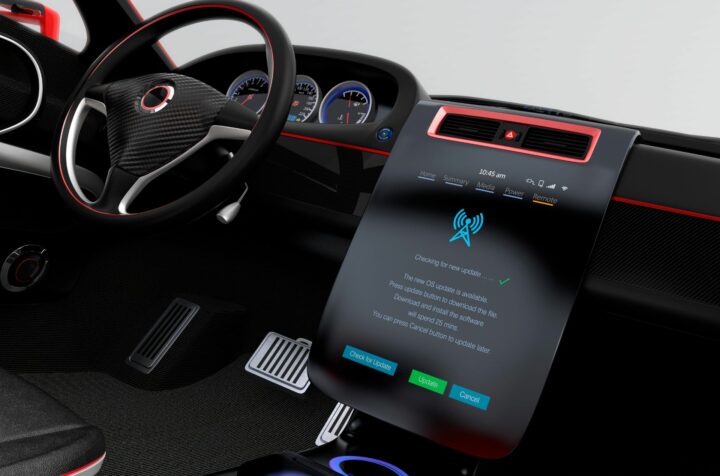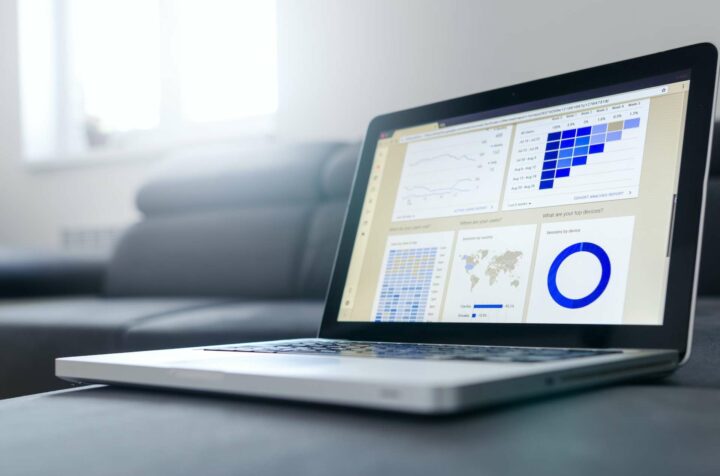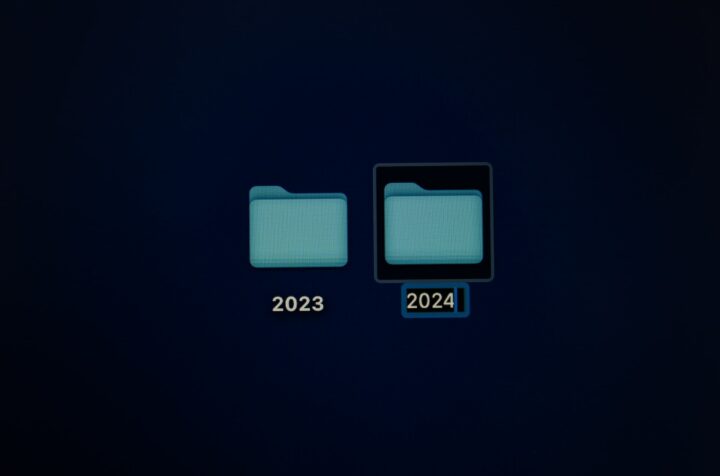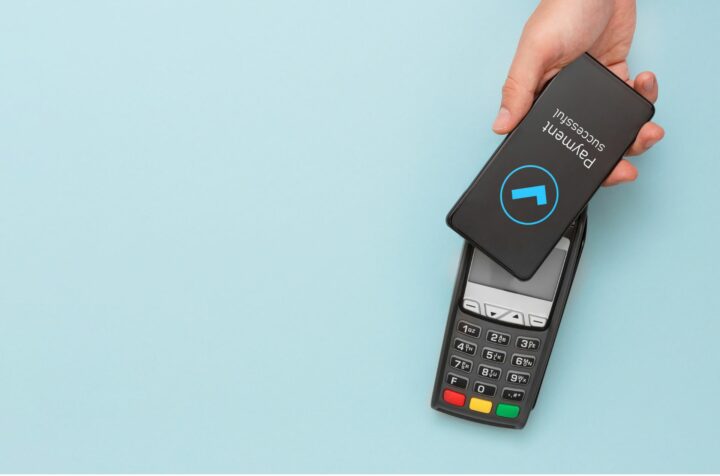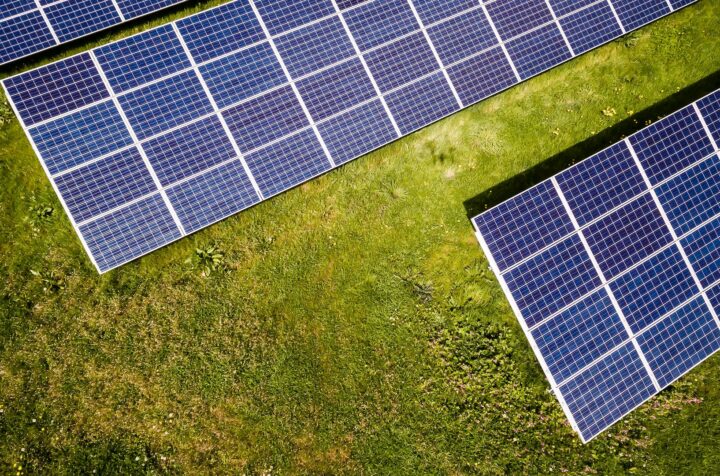- Smart devices connected by lightning-fast 5G are increasing at a rapid rate and are proving to be highly beneficial for customers and providers.
- A top focus of the industry is creating a positive customer experience that boosts trust and loyalty, essential factors for any organization looking to create a competitive advantage.
- The digital transformation of the energy and utilities industry is seeing the inevitable rise of cyber threats – and for such a vital industry, it’s something that cannot be ignored.
- Changing regulations, green goals, and the change to a more deregulated and carbon-free industry are gaining momentum – going digital is essential.
The question isn’t what’s impacting the energy and utilities industry (E&U) today. The question is, what isn’t?
Extreme weather events, high inflation, geopolitical unrest, changing regulations, customer expectations and preferences, new technologies, cyber risks, supply chain challenges, commodity price volatility, ESG commitments, the drive to net zero…
The list isn’t just impressive, it’s ever-growing. But there’s one disruption that’s impacting not just energy and utilities, but every industry. Digitalization. The adaptation of non-digital systems, processes, and data (made digital via the process of digitization) to be used with, and operated by, computers. Usually via the internet and often to help with automation.
When it comes to an organization’s digital transformation, the combination of digitalization and digitization are fundamental elements.
While creating its own issues, such as increased cyber threats, digitalization will be essential in combating many of the other challenges facing the industry and developing new opportunities. From fast data analytics, automation, artificial intelligence-led support and services, to streamlined processes, and more, it is vital for ongoing success.
It will also unite organizations as never before. This is vital as many of the challenges and trends impacting the industry are closely interconnected.
Trend 1: The smart revolution and 5G
Smart cars, homes, businesses, devices, meters, grids, everything is becoming connected and more intelligent. Home thermostats can be remotely set and automatically adjust to conditions. Smart energy meters collect real-time usage patterns to improve efficiency. Connected sensors monitor water mains for leaks. And much more!
By utilizing sensors, online connectivity, software, artificial intelligence, machine learning, and big data analysis, the potential of smart technology is limitless. Especially when it comes to sustainability and managing decentralized utilities systems. Today’s E&U industry already uses millions of connected devices to collect, share, and analyze data. This will only grow as 5G technology becomes more widely adopted.
Offering extremely fast data transfer and low latency, 5G delivers an exceptionally reliable and secure way of connecting providers with their devices – wherever they’re located – so that certain actions can be triggered when required.
When used with other technologies, including the cloud, edge computing, and blockchain, data transfers are becoming ever-faster, more reliable, and more secure. This will enable businesses to streamline and optimize processes, reduce costs, and unlock the full potential of their data. Especially when it comes to smart grids and meters.
Smart grids and smart meters. Offering sustainable, affordable energy and optimized usage.Smart grids and smart meters. Offering sustainable, affordable energy and optimized usage.
As noted by Siemens, smart grids ‘use digital technologies and IoT solutions to intelligently respond and adapt to changes in the grid.’ This is essential as grids move from a conventional unidirectional flow to one that is multidirectional – where data is analyzed from a range of areas including production sites and customers’ homes (via smart meters), and as more renewable energy options are incorporated.
Such smart meters are also being quickly adopted by water utilities, with investments in smart water metering expected to reach US$4.9 billion by 2026 – part of a growing global smart meters market predicted to make up to $27.8 billion. With water shortages and leakages costing the global industry an estimated $39 billion a year in lost revenue, it’s clear that smart water metering is essential for water resource management and ongoing sustainability.
In addition to creating a positive impact on the environment, smart metering has multiple benefits for E&U organizations and their customers. They save on human resources by automating the collection of data, ensuring that the production of energy is optimized regardless of weather and demand, and enabling usage data to be seen in real-time to help with the development of tariffs and price incentives. Suppliers can also better balance the load on their system, and they can help boost customer engagement.
For customers, it’s all about convenience, accuracy, potential cost savings, and doing the right thing for the environment. Not only do they receive accurate readings and billing, but they can use that data to make better decisions about their energy and water usage. And that’s just for smart meters.
This convenience, usability, and empowerment applies across all types of smart connected devices.
When developed with the customer in mind, smart devices have enormous potential to build trust and loyalty. You just have to make sure the experience throughout the customer journey is second-to-none.
Show lessTrend 2: The customer experience
Of all the ongoing trends and challenges, meeting customer expectations and creating an exceptional customer experience consistently remain right near the top.
It’s clear why. Those who have embraced the digital world easily outshine those who are still relying on outdated legacy systems and who haven’t fully digitalized their offerings. These digital-focused organizations can easily reach their customers with highly personalized and efficient solutions, offers, and services. How, and when, the customer wants to receive them. All of which adds up to a positive experience. And this is quickly becoming a differentiator when it comes to selecting utility providers.
As Salesforce noted, ‘Eighty percent of customers say the experience a company provides is as important as its products and services.’
And in today’s digital world, a single unpleasant experience can quickly result in churn. More so because people are now extremely comfortable switching their providers at the click of a button. This was seen by a study from Echo Managed Service which found that 34% of UK consumers aim to regularly switch utilities providers – and 33% would switch as a protest against poor service.
As younger, more digitally-native customers appear, this can only increase.
The demands of a new generation, and the challenges of more frequent extreme weather, is why digitalization is essential. Whether you’re looking to develop a full omnichannel experience and/or just want to better align your marketing with social media, investing in the right technologies and using them to better reach and engage with customers means you can provide a superior utility customer experience at every touchpoint, use customer data to improve each interaction and streamline your operations. To be agile enough to change as environmental challenges impact production and customer expectations and needs change.
To be a truly flexible and customer-centric business.
In Accenture’s 12th New Energy Consumer research report, they identified five areas where they felt energy providers must take action ‘to thrive in the future’. It’s no surprise that being digital and focusing on the people is so prominent:
- “Purpose: With consumers plugging into companies’ purpose like never before, energy providers must know what they stand for and how to articulate it.
- Product: Give customers the greener energy products and tools they want and explain the impact of their actions.
- Platforms: To thrive, energy providers must become digital organizations, with sustained investment in innovation and technology.
- People: With the twin challenges of digital transformation and net-zero, you’ll need the right people and skills, supported by the right culture.
- Partnerships: Team up across the energy ecosystem to transform at speed.”
Only then can you deliver more innovative products and services with optimized usability and a user experience that delivers what customers want, when, and how they want it.
Your Essential Guide to Customer Experience Management
Optimize the customer experience with this useful guide.
Read nowTrend 3: The increasing threat of cybercrime
As the digital transformation of energy and utilities gains momentum, and more connected devices and online platforms are utilized, the number of cyber-attacks is also growing.
In early 2022, the Cybersecurity and Infrastructure Security Agency issued an alert that cybersecurity authorities in the US, Australia, and the UK, ‘observed an increase in sophisticated, high-impact ransomware incidents against critical infrastructure organizations globally.’
Such financially-motivated attacks surged with multiple utilities targeted. In the World Economic Forums’ Global Risks Report 2022, it was shown that in 2020, ransomware attacks increased by 435% (with malware attacks increasing by 358%). The report didn’t pull any punches when it came to talking about what was enabling such attacks and their harmful effects:
“Lower barriers to entry for cyberthreat actors, more aggressive attack methods, a dearth of cybersecurity professionals and patchwork governance mechanisms are all aggravating the risk. Attacks on large and strategic systems will carry cascading physical consequences across societies, while prevention will inevitably entail higher costs.”
The potential severity of such attacks was also reflected in President Biden’s National Security Memorandum on improving cybersecurity for critical infrastructure:
“The cybersecurity threats posed to the systems that control and operate the critical infrastructure on which we all depend are among the most significant and growing issues confronting our Nation. The degradation, destruction, or malfunction of systems that control this infrastructure could cause significant harm to the national and economic security of the United States.”
As cyber-attacks become more complicated and new technologies (such as Internet of Things devices and smart grids) introduce more potential vulnerabilities, entire networks, grids, and organizations can be brought to a halt. Take the recent cyberattack that hit the Amsterdam-Rotterdam-Antwerp (ARA) refining hub in early 2022, which affected 17 terminals in ARA and Germany and halted virtually all automated loading and unloading of oil products.
Or the malicious cyber-attack on the Delta-Montrose Electric Association (in Colorado, USA), which shut down 90% of its internal controls and resulted in the permanent loss of 25 years of historical data.
Then consider that 77% of US energy companies are vulnerable to ransomware attacks via leaked passwords, and it’s obvious that cyber threats can have potentially catastrophic consequences to not only critical infrastructures but to an organization’s reputation.
The problem is, there are many types of cyberthreats, and energy industry software – all software – is a potential target.
Malware, phishing, SQL Injection, denial-of-service, man-in-the-middle, IoT device attacks, drive-by downloads, trojans, spyware, and much more.
The more connected the E&U industry becomes the more essential it is to focus on security and risk mitigation while developing a culture that revolves around cybersecurity. With the digital genie out of the bottle, and technology becoming more complicated every day, security and the quality assurance of digital products can’t be ignored.
Trend 4: The 4 Ds and ESG
To minimize the impact of climate change and severe weather events, the need to reduce carbon output to net zero is non-negotiable. For the energy and utilities industry, this will require meaningful and substantial change and will be an ongoing trend for years to come.
Especially for the energy industry. As noted in the International Energy Agency’s Net Zero by 2050 report, the ‘energy sector is the source of around three‐quarters of greenhouse gas emissions today and holds the key to averting the worst effects of climate change, perhaps the greatest challenge humankind has faced.’
This will require change in four ways:
- Decarbonization – reducing greenhouse gas emissions, investing in renewable energy and electric vehicles
- Decentralization – moving away from large national grids and developing local grids closer to where energy is used
- Digitalization – increasing the use of technologies, data, and analytics to become highly energy efficient and able to better manage energy use
- Deregulation (or democratization) – transitioning from a state-regulated monopoly to a private sector-run industry, in the hope of more competition and fairer pricing for consumers
While decarbonization is the ultimate destination, it’s the other three Ds that will power the journey. They are all also intricately linked with holistic environmental, social, and governance (ESG) initiatives that can help organizations create a long-term competitive advantage by becoming more attractive to investors and stakeholders (including customers, employees, and suppliers). All while doing what’s right for the environment and society in general.
PwC summed it up nicely. ESG basically “gets to the heart of why you are in business, who you are as a company, what your impact on the world is, how you align your business model with the needs of society, what you report, and how you engage your people and with your stakeholders more generally.”
What are you actively doing to reduce energy use and resources? Are you being inclusive with the people you employ, and are you active in the community where you do business? How does your business govern itself, and what practices and controls do you use to comply with regulations?
A strong ESG proposition, according to McKinsey, links to value creation in five essential ways, “(1) facilitating top-line growth, (2) reducing costs, (3) minimizing regulatory and legal interventions, (4) increasing employee productivity, and (5) optimizing investment and capital expenditures.”
As digital transformations continue, automation and artificial intelligence will be essential in tracking, analyzing, and streamlining 4D and ESG initiatives. And, importantly, to help quickly maximize opportunities.
Power to your users, with the power of our Crowd
Discover how we're energizing digital solutions.
Find out moreWe’re all in this together
Innovative, agile, and customer-centric organizations are the future. Getting there will involve fresh thinking, new partnerships, digital adoption, and a change-ready mindset. Not just at the top, but throughout every level of your business.
Digital solutions must be developed with the customer firmly in mind with each solution thoroughly designed and tested to ensure reliability, security, and flexibility. Whether you need an e-mobility testing solution, EV charging testing, or want to ensure that the entire customer experience is a good one, it has to be done with real people in real-world conditions.
How can you be sure your e-mobility app works perfectly out of the lab if you don’t have actual people conducting e-mobility app testing in their cars under a diverse range of conditions?
That’s the power of crowdtesting. It can help ensure your smart digital solutions energize your customers’ experience, help minimize cyber risks, and do what’s right for the environment.
That’s not simply good for business, it’s good for the planet.


